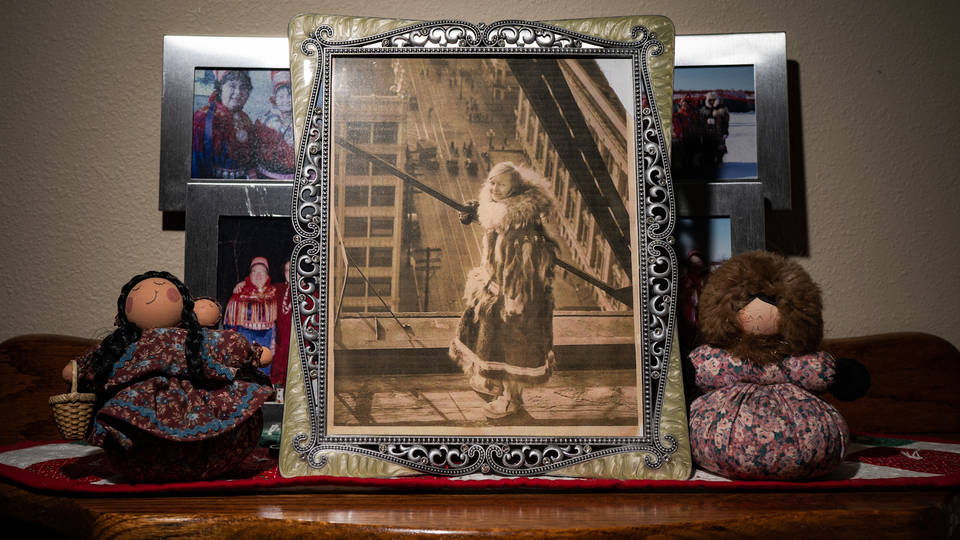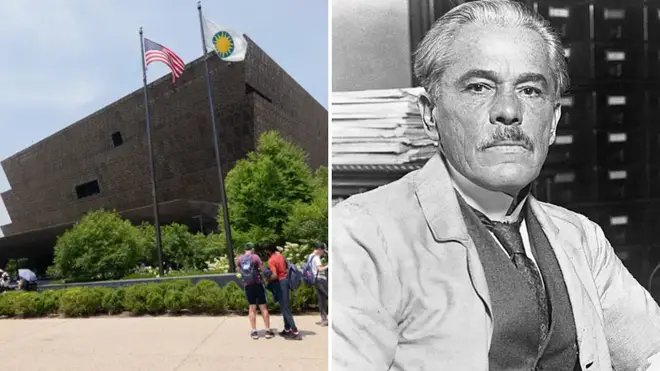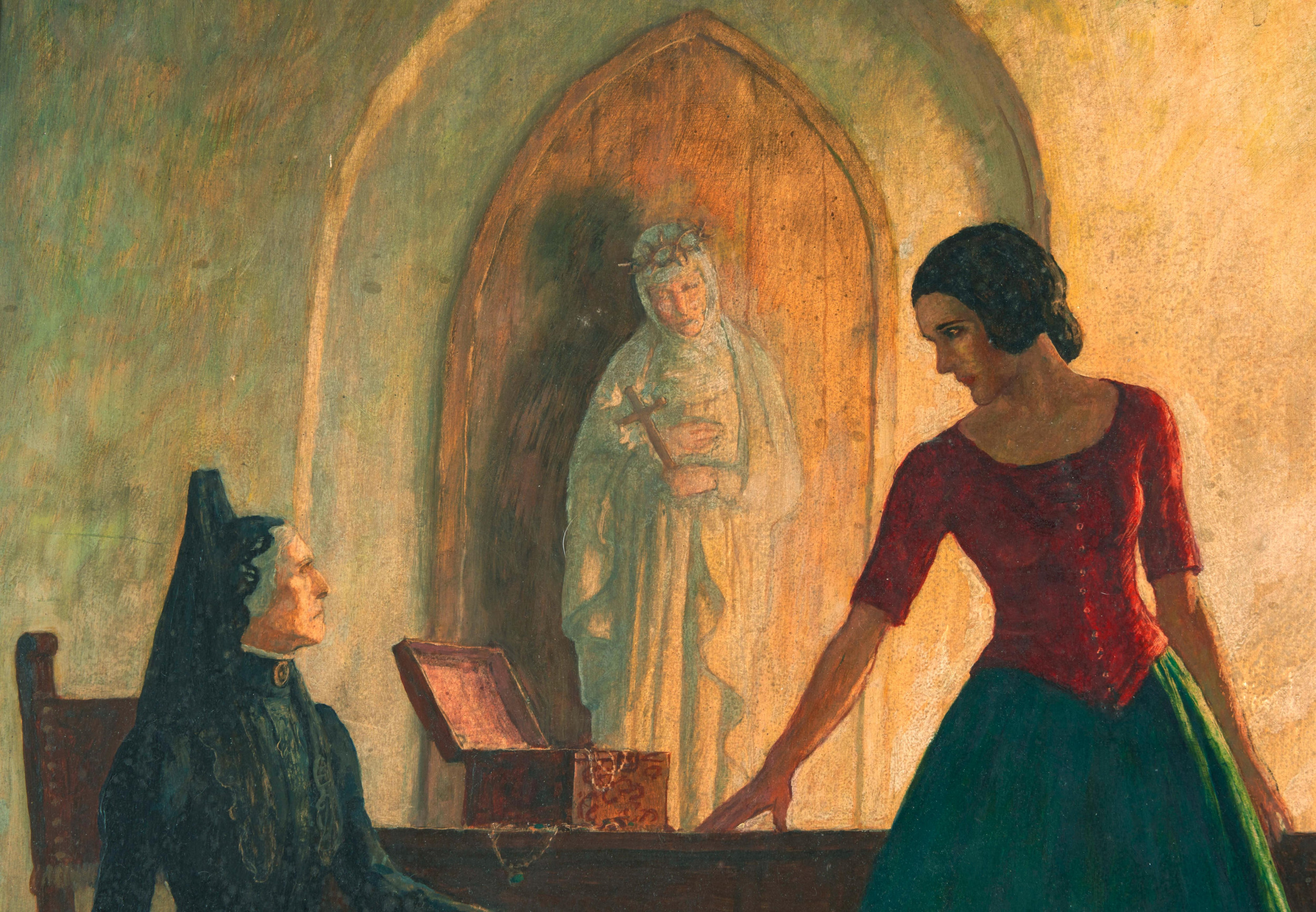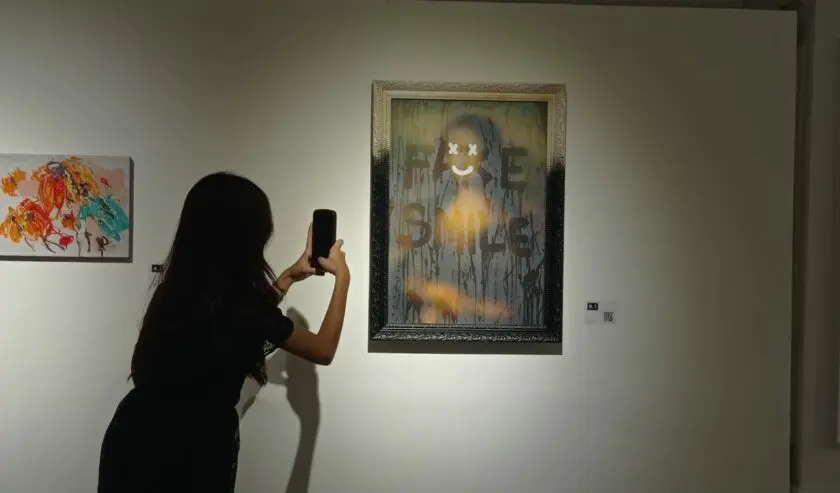A recent exposé by The Washington Post has brought to light a disquieting revelation: a significant portion of the human brain specimens housed within the Smithsonian National Museum of Natural History were acquired without obtaining proper consent.
Unveiling a Year-Long Investigation about Smithsonian
The culmination of an exhaustive year-long investigation. This report underscores a troubling truth about the origins of the human brain specimens within the Smithsonian’s renowned repository. A vast majority of these remains were sourced from individuals of color, specifically encompassing Black individuals, Filipinos, and impoverished Germans. Disturbingly, a recurring theme emerges—the acquisition of these specimens often transpired without the awareness or authorization of the individuals or their families.

Ales Hrdlicka: A Harbinger of Controversy
Central to this unsettling revelation is Ales Hrdlicka, the inaugural curator of physical anthropology at the U.S. National Museum, which presently stands as the Smithsonian Institution National Museum of Natural History. Hrdlicka’s role in this narrative casts a shadow of controversy, as he was an ardent member of the American Eugenics Society. Fueled by misguided convictions in the existence of anatomical disparities across races, Hrdlicka collected these brains to further propagate and substantiate his theories.
Smithsonian Seeking Reparation and Redemption
The investigative report emphasizes that a mere four brains have been repatriated by the Smithsonian to their rightful descendants or cultural successors. However, this seemingly inadequate measure is accompanied by an apology from the institution for its historical unethical actions. Further ameliorative efforts involve assembling a task force to address the complex matter of the human remains retained within the institution.
Outrage and Calls for Restitution
The unveiling of these disconcerting revelations has kindled a collective uproar, provoking fervent calls for the Smithsonian to redress the injustice by promptly returning all brain specimens to their legitimate owners. This impassioned reaction amplifies the broader ethical dilemma that the entire incident raises: the fraught question of collecting and exhibiting human remains.
A Blemished Legacy for a Respected Institution
The globally renowned Smithsonian, recognized for its extensive and esteemed collection, currently faces a chapter steeped in darkness. This incident serves as a somber reminder of the institution’s shadowed history, a history that necessitates rigorous examination and atonement. The Smithsonian must muster the courage to confront its past and undertake stringent measures to ensure such transgressions remain consigned to history.
A Historical Trend
The Smithsonian’s long-standing practice of procuring human remains dates back centuries, tracing its roots to the 18th century. Notably, the collection encompasses not only the remains of Native Americans but also African Americans and other historically marginalized groups. Alas, this assembly of human remains was, at times, leveraged to bolster prejudiced ideologies, lending support to racist and discriminatory beliefs.
Ethical Scrutiny and Communal Critique
Amidst the disconcerting revelations, the Smithsonian’s handling of this collection has not escaped the scrutiny of the discerning public. The revelation has spurred inquiries into the museum’s ethical framework, raising pertinent questions about the preservation of human dignity, cultural heritage, and the ethical boundaries of scientific inquiry.
A Path Forward for Smithsonian
In an attempt to rectify the moral transgressions of the past, the Smithsonian is taking measured steps to grapple with the implications of its actions. This includes the formation of a task force entrusted with reviewing the collection comprehensively. They should facilitating the return of these remains to their rightful owners. As the Smithsonian embarks on this course of action, it must emerge as a beacon of moral integrity. They must proving its commitment to rectifying historical injustices.
In summation, the exposé surrounding the collection of human brains at the Smithsonian National Museum of Natural History serves as a poignant reminder that history’s dark corners often intertwine with even the most esteemed institutions. While this revelation might cause dismay, it also offers the institution an opportunity to effect real transformation, showcasing that they can achieve the pursuit of knowledge and preservation without undermining human dignity and respect.



